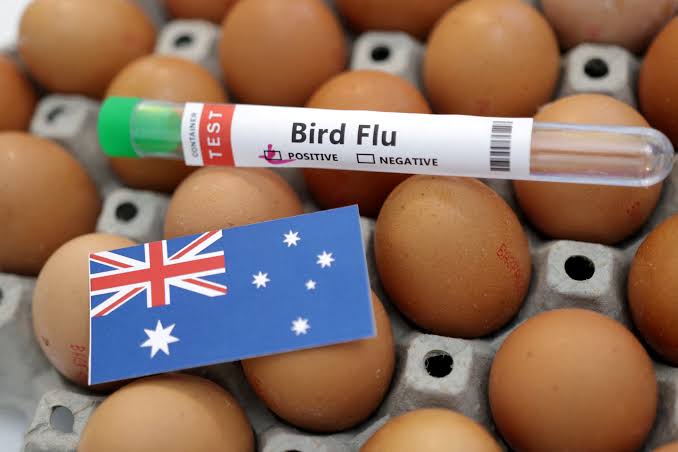One of the most serious dangers to agriculture regarded is the bird flu, or avian influenza, in that the impact of the disease is not limited to poultry raising alone but reaches out further into the general ecosystem of agriculture. This blog discusses the threats that bird flu poses to agriculture, the control measures in place to contain the spread, and the consequences for farmers and food supply chains.
Understanding Bird Flu
Bird flu is a type of virus that originates in birds and occasionally infects other animals and, rarely, humans. Highly pathogenic avian influenza strains, however, are of high danger since they cause serious diseases in birds with high mortality. Some of the strains that have been very frequently mentioned are H5N1 and H5N8, which have large-scale outbreaks all around the world.
Challenges Presented by Bird Flu
1. Economic Impact:
- Loss of Livestock: Outbreaks of bird flu usually result in the culling of infected and exposed birds to contain the spread of the virus. This leads to huge economic losses for the concerned farmers. For instance, the latest outbreaks in Iowa resulted in the culling of entire flocks, which had turned into a giant blow to the local poultry industry.
- Trade Restrictions: Affected countries may also face trade restrictions on poultry products, thereby additional economic loss. The move is to prevent the spread of the virus across borders.
- Supply Chain Disruption:
- Egg and Poultry Shortages: Massive bird killing during outbreaks may result in a shortage of egg and poultry meat supplies. This generally leads to price rise and affects consumers in terms of availability.
- Feed Supply Issues: Avian influenza has the potential to disrupt the feeding supply chain of livestock. As poultry feed represents a significant portion of the agricultural feed business, problems in this industry have a domino effect on other rearing sectors.
- Public Health Hazardous:
- Even while human infection is relatively uncommon, it does happen, most frequently in individuals who work directly with sick birds, which causes public health concerns, and necessities alert implementations of biosecurity.
- Ecological Effect :
- The disposal of culled birds may lead to environmental problems. Proper disposal procedures must therefore be taken in order to avoid secondary contamination in the environment and other animal populations.
Control Measures against Bird Flu
- Biosecurity Practices:
Stringent biosecurity measures are most required on farms for translucency during such a pandemic in order to avoid the avian influenza virus entering and spreading within the farm. It should control access to poultry houses, manage effective cleaning, and carry out close monitoring of health conditions in chickens. - Surveillance and Monitoring:
- Inclusion of constant monitoring and surveillance of poultry flocks helps in the early detection of the virus. In case of an outbreak, rapid response will reduce the impact of the outbreak and thus contain its spread.
- Vaccination:
- Some parts of the world vaccinate poultry against bird flu as a precautionary measure. Strategies on vaccination should, however, be handled with caution to prevent masking of the virus and therefore making surveillance difficult.
- Public Awareness and Training :
- Educatlon for farmers and poultry workers on bird flu, its symptoms, and preventive measures is very necessary. Training programs will go a long way in early identification and quick reporting of suspected cases.
Future Implications
The bird flu challenge, being continuous in nature, underscores the fact that strong, coordinated efforts on management and mitigation are required to reduce losses caused by bird flu in agriculture. In view of this, developing better vaccines, improvement in surveillance technologies, and enhancement of biosecurity measures have been important steps taken toward progress. At the same time, there is scope for international cooperation and sharing of information for containment of an outbreak or its spread across borders.
Conclusion:
It continues to be one of the significant challenges in the agricultural sector, impinging on economic stability, food supply chains, public health, and environmentally sound management. Tackling the difficulty requires a multi-stakeholder approach at the levels of farmers, veterinarians, policymakers, and international organizations. Through stronger biosecurity, better surveillance, and greater cooperation, the agricultural community can respond more effectively to outbreaks of bird flu and reduce their consequences.
See more integral stories and updates concerning the bird flu and its effects on agriculture at AGDAILY and the USDA’s official website.

